Hippotherapy is defined as “the use of horseback riding as a therapeutic or rehabilitative treatment, especially as a means of improving coordination, balance, and strength.” There are many equine therapy programs across the country that are dedicated to helping special needs individuals achieve a maximum degree of freedom, independence and mobility through tested and innovative methods of equine assisted therapy and medical rehabilitation. One of them – Saratoga Therapeutic Equine Program (STEP) – is located at the New Forest Equestrian Center in Glenville, NY and is celebrating 30 years of helping others.
For Kay Stanley-White, Executive Director of STEP, her love affair with horses began as a young child and has only grown stronger through the years. Kay created STEP in 1986 as a continuation of her work in Physical Therapy, as well as equine animal husbandry. STEP is a way for Kay and her team of therapists, instructors and volunteers to make a difference in the lives of people affected with a range of medical, emotional and psychological disorders, while also giving horses the opportunity for meaningful lives in a richly supportive and caring environment.
There are numerous examples of the benefits of using horses in the rehabilitation of people with traumatic brain injury, cerebral palsy, post-traumatic stress disorder, and multiple sclerosis, as well as autism, anxiety and depression.
Kay explained that, by using the rotational movements of the horse when treating a person recovering from brain injury, for example, the side of the body that is “spastic,” – i.e., stiff or unable to move freely due to the injury – the movement of the horse has the effect of neurologically relaxing the muscles on that side of the body.
Kay gave another example, when dealing with children suffering from anxiety or depression.
“For these patients, the number one need is to be able to bond with someone or something. The horse offers that bond through a silent form of communication. And it is a magical bond,” she added.
“The horse responds intuitively to the needs of the patient and, gradually, the patient goes from experiencing an unsafe feeling to a feeling that this is a safe place to be,” she said.
She added that growth occurs through risk-taking on the part of the patient, all of which is happening in a non-threatening environment.
“Horses don’t judge, but they do teach, through non-verbal communication,” she added.
STEP also serves a vital role in the lives of the horses who call the New Forest Equestrian Center their home. Currently, there are 16 horses of all breeds, sizes and colors at the facility, ranging from miniatures to large Percherons. Each one of them has a purpose.
“All of the horses at New Forest Equestrian Center are rescued horses that needed a job and a life,” noted Kay. Two thoroughbreds who lived and worked at the farm, recently passed away at the age of 30 years. Both of them were given the chance to lead long, productive lives in an environment of love and healing.
At Henssgen Hardware, we are committed to providing the best horse hardware and equipment to our customers. Equine therapy centers around the country rely upon double side bolt snaps and quick-release panic snaps to ensure that their hard-working horses and their therapy clients can all work together in a safe and positive environment.
Visit Henssgen Hardware and browse our catalog for a complete line of horse hardware and rigging equipment.


0 Comments